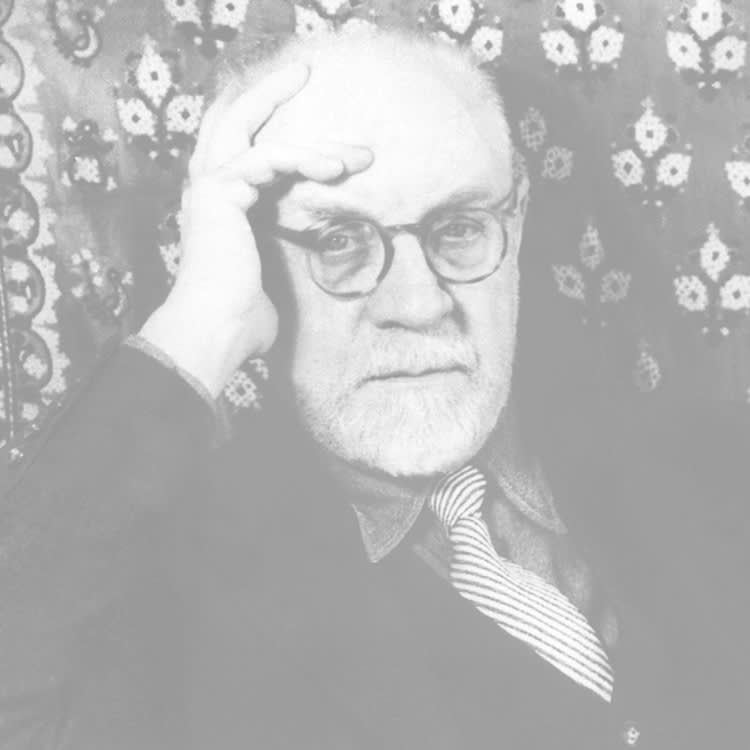HENRI MATISSE 1869-1954
Henri Matisse is a Fauvist and Modernist artist, whose works are exhibited at the HELENE BAILLY gallery.
Henri Matisse, born in Cateau-Cambrésis, France, in 1869, began his professional life as notary's clerk. When he was 20, he suffered from an appendicitis attack so he was compelled to go to bed for several weeks. He started then to interest in painting and found out a real passion for it.
In 1892, he met Albert Marquet at the Arts Deco School in Paris, France, which was the beginning of a true friendship between both of them. Three years later, he integrated Fine Arts School.
In 1896, Matisse exhibited for the first time at the Salon des Cent and the Salon of the Société nationale des beaux-arts. Same year, he spent his summer in Belle-Île-en-Mer, France, and met Auguste Rodin and Camille Pissarro.
From 1900, Matisse started working on sculpture and modeling at the Grande Chaumière Academy.
In 1905, Matisse took part in the Salon d'Automne along artists’ sides such as Albert Marquet or Kees van Dongen. The artworks generated a scandal because artists used pure and violent colors applied in flat tints on their canvases. Then, the art critics Louis Vauxcelles expressed his outrage by writing an article where he compared them to wild beasts ("fauves" in French). The terms "fauve" was immediately adopted and claimed by the painters. Matisse became then the leader of fauvism.
From 1908 to 1912, the artist's artworks were exhibited in Moscow, Berlin, Munich and London. He even took part in Armory Show in New York City where Marcel Duchamp and Francis Picabia, considered as representatives of the most modern art, exhibited artworks.
His work was focused on creation of still lives, nudes and odalisques that reminded orientalist nudes with vivid colors and refined drawing; his artistic style was like a renewed classicism.
Between 1930 and 1933, Matisse rushed to the realization of La Danse. He made three versions of this work. Matisse himself settled the last one at the Barnes Foundation in Philadelphia, United-States, in May 1933. Matisse invented this method, called "cut out gouaches", while he worked on this project.
During World War II, Matisse was a colon cancer patient and had to go to hospital. When the war was over, he still was seriously sick. He did not move from his bed and was not able anymore to paint canvases with oil or water. He created then the method of "cut out papers" that he cut with a pair of scissors in his bed. Then, his assistants stuck papers where the artist wanted to see them placed on the canvas.
Henri Matisse died in November 1954, in Nice, France.




